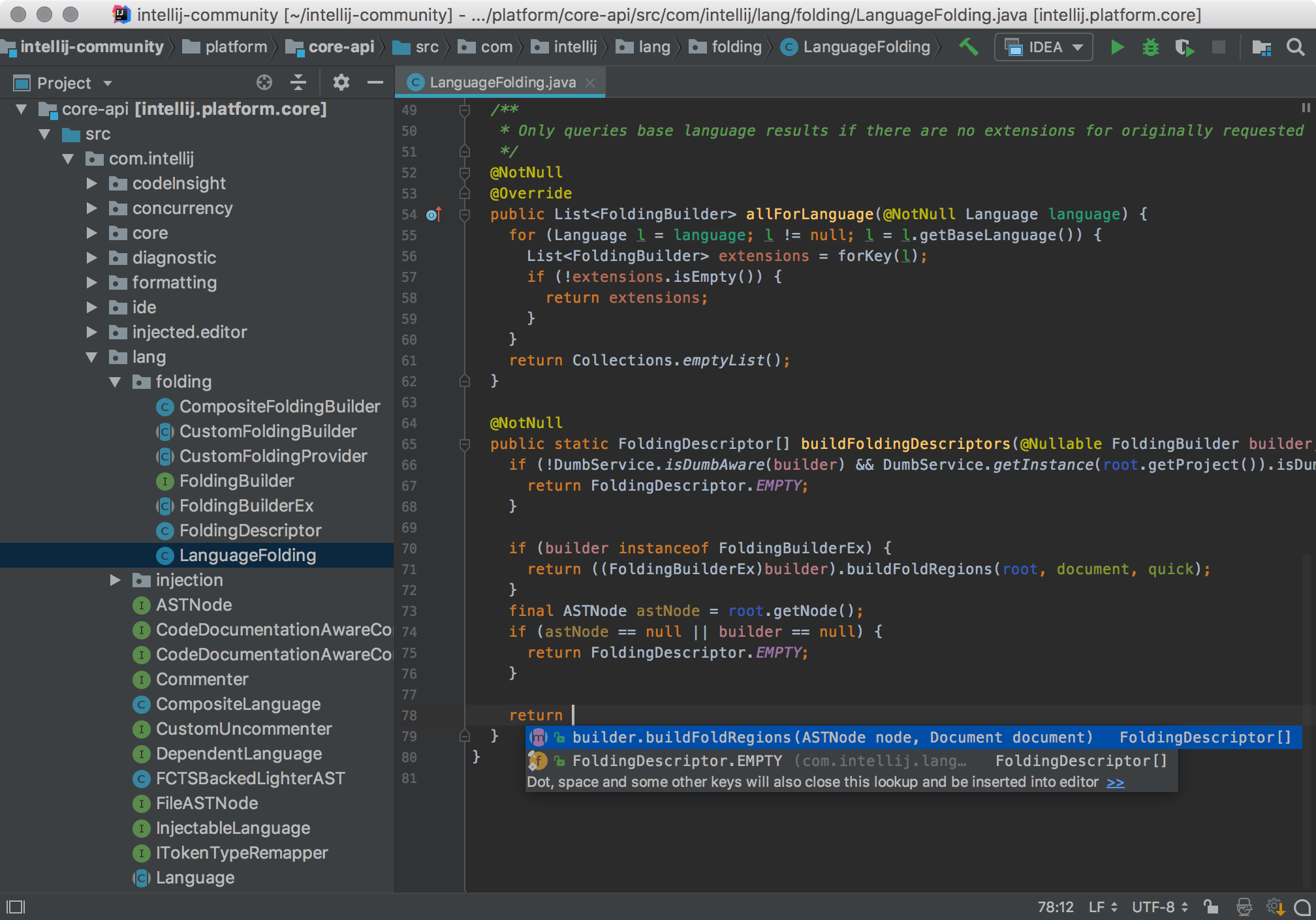

The IntelliJ environment should be correctly configured at this point. If successful, the DeviceBrowser will run similar to the screenshot below: For example, right-click on DeviceBrowser and choose Run DeviceBrowser.main() from the menu. You should now be able to run any of the programs in RapidWright in the IntelliJ environment.

Use the - and + buttons to remove the qtjambi-lin64*.jar and replace it with the qtjambi-win64*.jar respectively: this should produce a list of jar file names in the right window pane. In order to do this, Choose File->Project Structure., then select Libraries under Project Settings at the top left. In Windows, we need to set the GUI library jar to choose the win64 version instead of the lin64 (the default). Click on the 1:Project button at the top left sidebar, this will expand the project tree:Įxpand the source tree to navigate to the DeviceBrowser class, RapidWright/src//device/browser/DeviceBrowser as shown in the screenshot above. The RapidWright project should open and IntelliJ may indicate that it is indexing the project. Start IntelliJ, and naviagate through setting selection (if necessary) to the welcome screen.Ĭhoose Open from the Welcome screen and navigate to the RapidWright directory where RapidWright has been installed, then click OK. Install IntelliJ by running the setup executable.

Add the $(YOUR_JDK_INSTALL_LOCATION)/jdk1.x.x_x/bin folder to your PATH environment variable. Make sure you have Java JDK 1.8 (or later) installed: Follow the instructions when running the downloaded executable.


 0 kommentar(er)
0 kommentar(er)
